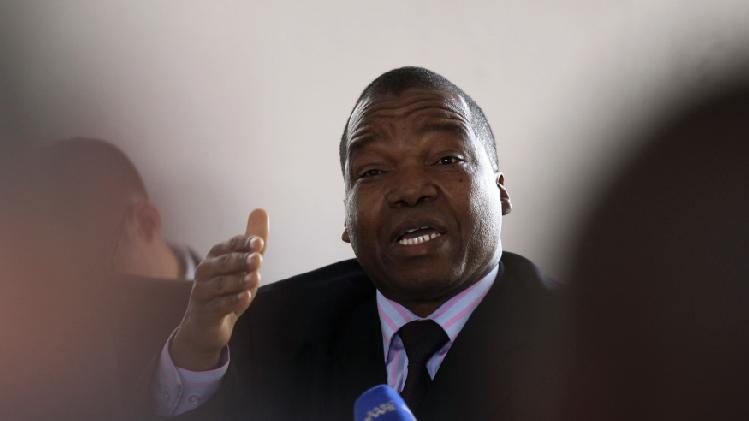Zimbabwe’s Central Bank has moved to clarify its plans to introduce domestic notes to circulate alongside foreign currencies, after fears that it sought to re-introduce a loathed local currency triggered a public outcry.
Reserve Bank of Zimbabwe (RBZ) governor John Mangudya announced last week bank withdrawal and cash export limits, as well as plans to introduce “bond notes” backed by a $200 million African Export Import Bank (Afreximbank) bond facility, in a bid to ease cash shortages that have hit the economy.
The RBZ also announced that 40 percent of all export proceeds would be converted into South African rand, while 10 percent would be converted into euros, in a bid to spread use beyond the scarce greenback.
The moves provoked a backlash from Zimbabweans still smarting from the collapse of the local dollar in 2008, when hyperinflation reached an astounding 500 billion percent, according to IMF figures which many consider conservative.
Mangudya met editors of the national press last Friday to clarify his policy statement.
While admitting that the policy pronouncement could have been better articulated, Mangudya said the main feature of Wednesday’s announcement was in fact a five percent export incentive backed by the $200 million Afreximbank facility.
It is that extra five percent incentive that would be paid out to exporters in bond notes, which would then circulate in the market.
Mangudya said Zimbabwe’s widening trade deficit of $3 billion, against a trade surplus of about $200 million in 1990, required interventions that would promote exports while minimising imports.
As an incentive for exporters, the RBZ would pay a five percent incentive on all exports, while urging the government to put in place local content measures.
“So it is that five percent export incentive that will be paid out in bond notes, because if we pay in United States dollars, it will simply vanish,” Mangudya said. “This is actually a $200 million economic stimulus to stimulate local production and exports.”
The RBZ chief said there were no plans to introduce the Zimbabwe dollar by stealth.
“We have no hidden agenda. We are not removing the multi-currency system, we are actually giving it more life through more exports,” he said.
Continued next page
(230 VIEWS)
